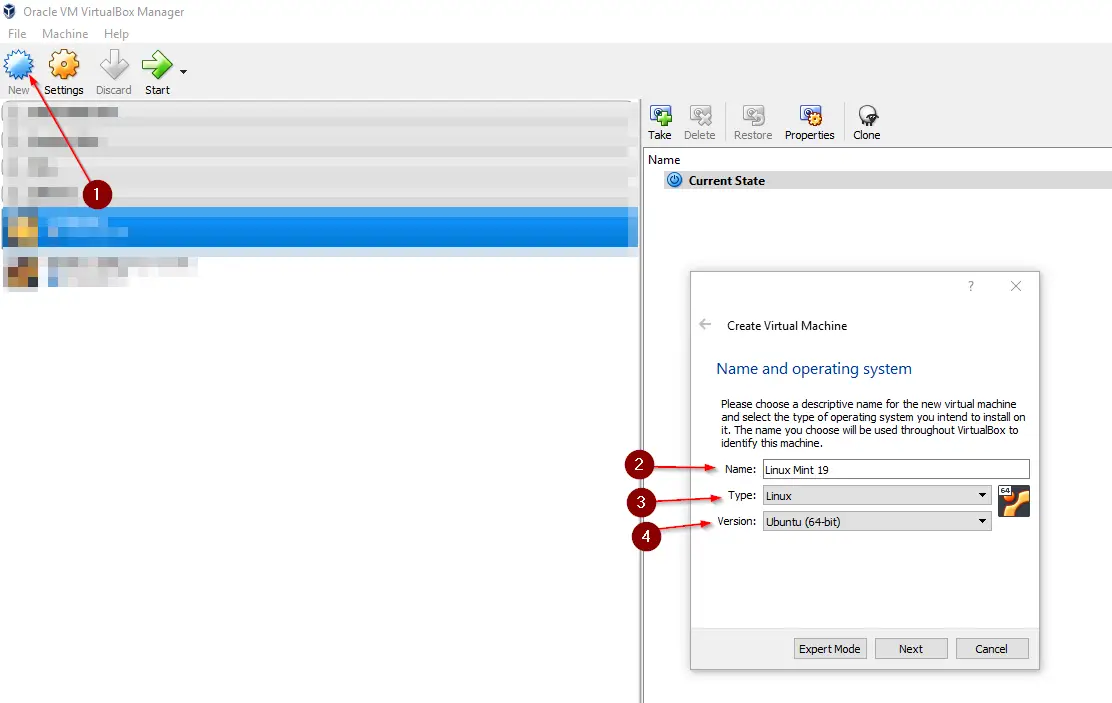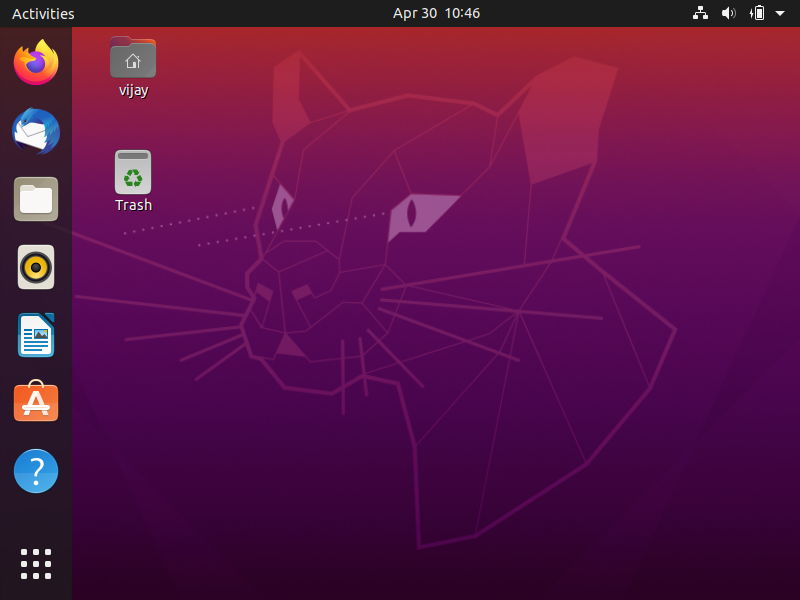
- #VIRTUALBOX UBUNTU FULL SCREEN PROBLEM HOW TO#
- #VIRTUALBOX UBUNTU FULL SCREEN PROBLEM INSTALL#
- #VIRTUALBOX UBUNTU FULL SCREEN PROBLEM UPDATE#
You can adjust the virtual disk size as much as you want depending on the operations you will perform on your Ubuntu guest machine, but it should not exceed the total capacity of your host disk. This option may be efficient in terms of performance on older generation computers, but since it will unnecessarily fill the disk size, you can use the Dynamically Allocated feature to allocate the necessary space from your host disk as needed for additional disk space.

When you select Fixed Size, the disk space you have specified will be allocated from your host disk while the virtual machine is being prepared. In the Storage on physical hard disk window, you can select Fixed Size to preset the capacity of the virtual disk from the disk capacity of your host computer.
#VIRTUALBOX UBUNTU FULL SCREEN PROBLEM INSTALL#
Do not forget that in different scenarios, you can install an operating system using other types of virtual disks. Select the VDI (VirtualBox Disk Image) virtual disk type that VirtualBox supports by default as the hard disk file type. However, check the Create a virtual hard disk now option because you will be installing an Ubuntu from scratch. If there is a guest operating system that you have previously installed in the Hard Disk window, you can add the VDI virtual disk file. A minimum RAM size of 4GB may be sufficient, but if you have 16GB or 32GB memory sizes on your host, you can specify a higher size. In the Create Virtual Machine window, type the operating system name you will install on the virtual machine and select your system’s platform from the Type and Version section.Īssign RAM size to your Ubuntu virtual machine depending on the hardware performance of your host computer. Run the Oracle VirtualBox program and click the New button from the tool menu to open the virtual machine wizard.
#VIRTUALBOX UBUNTU FULL SCREEN PROBLEM HOW TO#
How to Create a New Virtual Machine for UbuntuĪfter installing Oracle software on your Windows computer, you need to set some virtual hardware settings correctly to create a new virtual computer and run the Ubuntu distribution on it. You can run and use this Linux distribution with new features on a virtual machine without having to install it on your physical computer. The latest version of Ubuntu, which is the most popular of the Linux distributions, is 22.04 (Jammy Jellyfish). So, if you’re a software developer or want to get experience with installing Linux distributions, you might be better off using virtual machines. Step 7 – Restart debian on Virtual Boxįinally, just restart Debian and now you will see, it’s on full screen.When you install any operating system on the virtual machine you created with VirtualBox, it works independently and virtually from your host system.

A pop-up will appear, just click on the button Run Step 5 – Now return on linux CLI and type mount /media/cdrom Step 6 – The last command sh /media/cdrom/n

#VIRTUALBOX UBUNTU FULL SCREEN PROBLEM UPDATE#
Step 1 – Update your system if necessary apt-get update & apt-get upgrade Step 2 – Install required packages apt-get install build-essential module-assistant Step 3 – Configure your system for building kernel modules by running m-a prepare Step 4 – On Virtual Box interfaceĬlick to the Devices menus and then click on Insert Guest additions CD images. So open an CLI interface, log you as root with su command and here we go. Lucky for you with only a few CLI commands, it will be ok. How install guest additions on Virtual Box? They are not avaible and so you have this full screen issue when you use Virtual Box with windows. Like 99.99% of people, you miss a thing called Guest Additions.

Fortunately it’s possible to correct this fairly quickly. On virtualbox with debian, the full screen doesn’t work by default.


 0 kommentar(er)
0 kommentar(er)
